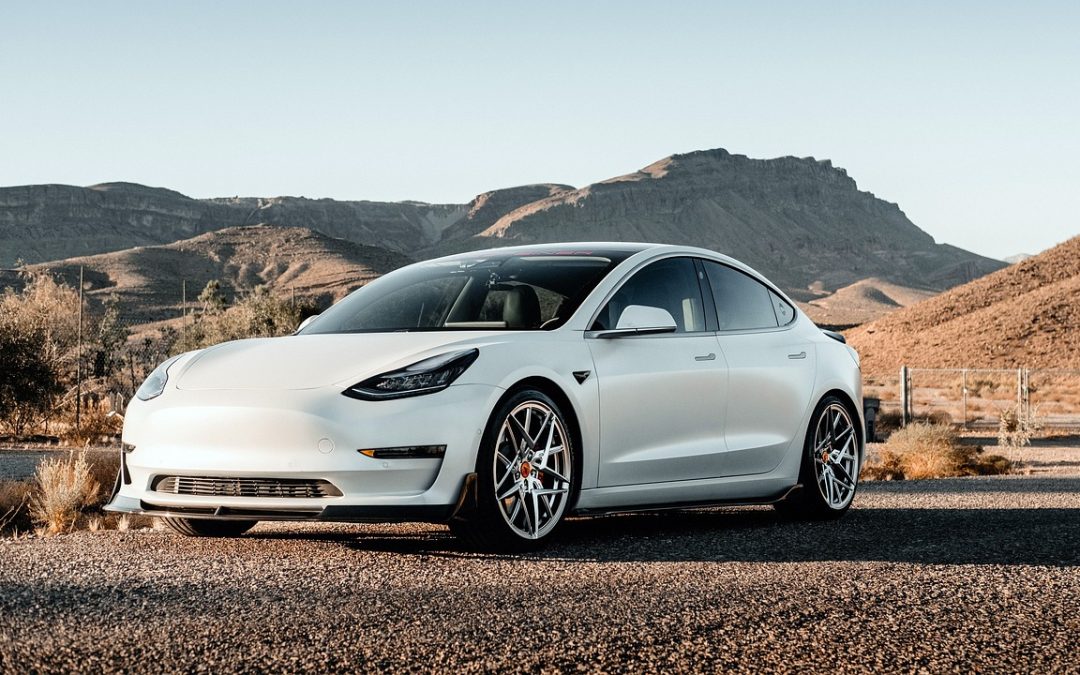With the rise of electric vehicles (EVs), many people are exploring the idea of using their EVs to power their homes. This concept, known as vehicle-to-home (V2H) or vehicle-to-grid (V2G) technology, allows EV owners to use the energy stored in their car batteries to power their homes during peak times or in case of emergencies. But how feasible is it to run your home on your electric car?
Firstly, it’s important to understand how V2H or V2G technology works. When your EV is plugged into your home’s electrical system, it can act as a backup power source, supplying electricity to your home when needed. This can be particularly useful during power outages or when electricity prices are high.
However, there are some limitations to consider. The amount of power that can be drawn from your EV’s battery is limited, so you may not be able to power your entire home for an extended period. Additionally, frequent charging and discharging of your EV’s battery can reduce its lifespan, so it’s important to use V2H or V2G technology judiciously.
Another factor to consider is the cost. While using your EV to power your home can help you save on electricity bills, there may be additional costs associated with installing the necessary equipment and modifying your home’s electrical system.
While it is technically possible to run your home on your electric car, there are limitations and costs to consider. It may be more practical to use V2H or V2G technology as a backup power source or as a way to reduce your electricity bills rather than relying on it as your primary power source.

